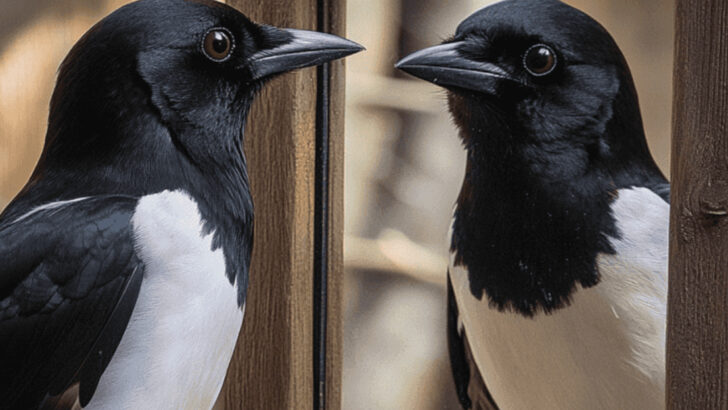Some animals might know exactly who they are.
Not just in the “I’m a lion, hear me roar” way—but in a mind-blowing, mirror-gazing, self-checking kind of way. The kind of awareness that has scientists both thrilled and slightly unnerved.
Can a dolphin recognize its own reflection?
Do elephants mourn their dead because they understand loss?
Are magpies secretly philosophers with wings?
This isn’t just about clever tricks or trained behaviors.
This is the eerie, fascinating space where animal minds meet something deeper.
Call it consciousness, self-awareness, or just a spark of the profound—whatever it is, it’s real.
And it’s not just found in the usual suspects.
Some of the smartest creatures on the planet aren’t who you think.
Get ready for 15 wild revelations that challenge everything we thought we knew about the animal kingdom.
Dolphins and Mirror Test
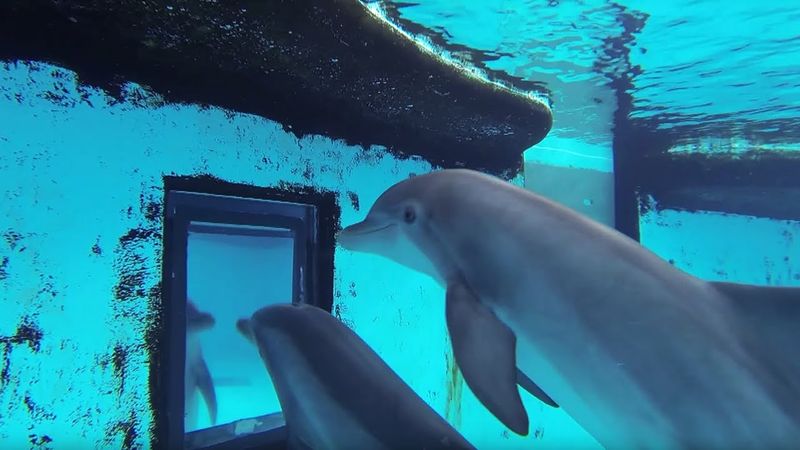
Dolphins have a reputation for their intelligence, often showcased through their playful antics. A remarkable demonstration of their self-awareness is their performance in the mirror test. When a dolphin sees its reflection, it engages in self-directed behaviors, such as examining parts of its body not normally visible. This indicates an understanding of the reflection as itself rather than another dolphin. These marine mammals have been observed using mirrors to inspect themselves, a behavior that speaks volumes about their cognitive abilities.
Did you know? Dolphins are among the few species that can recognize themselves in mirrors, joining the ranks of primates and elephants.
Elephants and Mourning Rituals
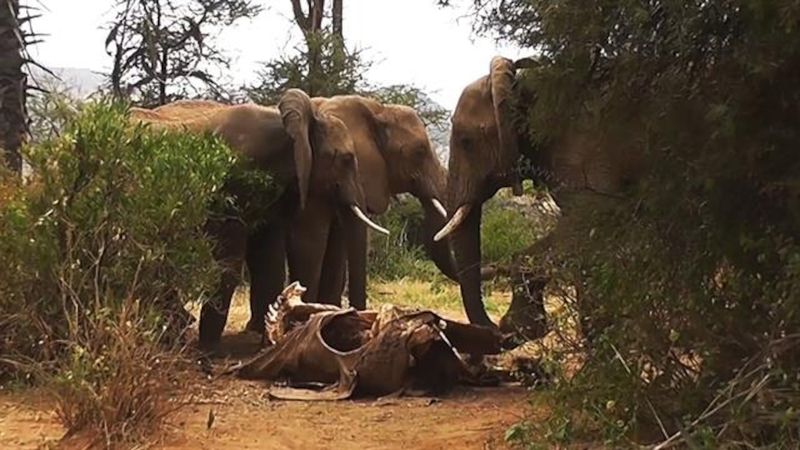
Elephants are known for their complex social structures and deep emotional connections. Observations of elephants mourning their dead showcase a profound level of self-awareness and empathy. They have been seen caressing the bones of deceased herd members, demonstrating recognition and grief. These behaviors suggest a deep understanding of life and death, reflecting their emotional intelligence and awareness of self and others.
Elephants not only mourn but also show compassion towards other species, proving their extraordinary awareness.
Magpies and Self-Recognition
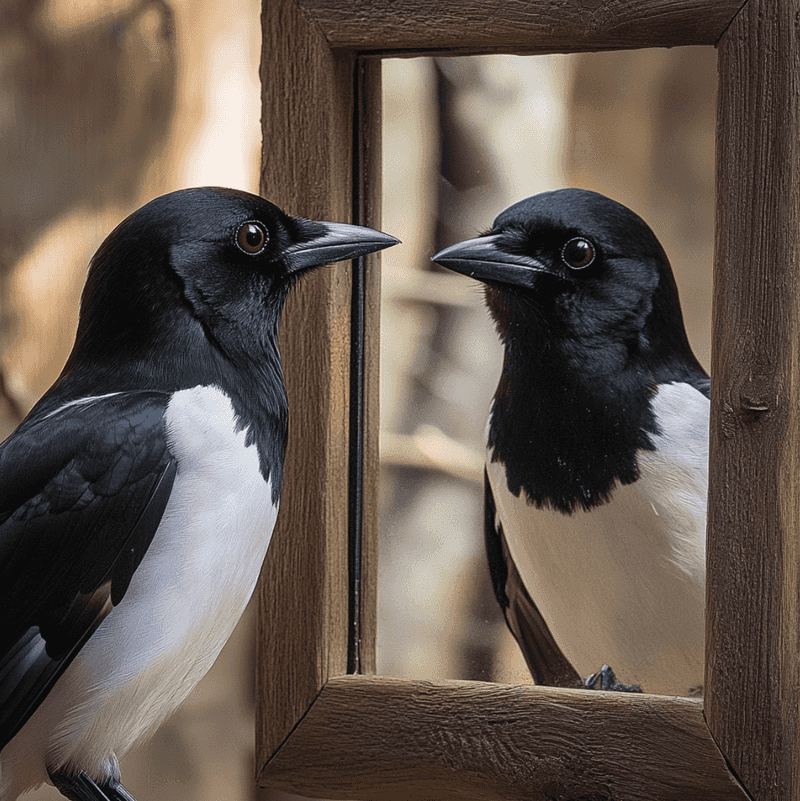
Magpies, among the most intelligent birds, have passed the mirror test, an indicator of self-awareness. By placing a mark on a magpie that it couldn’t see without a mirror, researchers observed the bird attempting to remove the mark upon seeing its reflection. This behavior demonstrates the bird’s ability to recognize itself, challenging the notion that self-awareness is limited to mammals.
This fascinating insight into avian cognition places magpies in a unique position among birds, often surprising researchers with their cognitive capabilities.
Chimpanzees and Tool Use
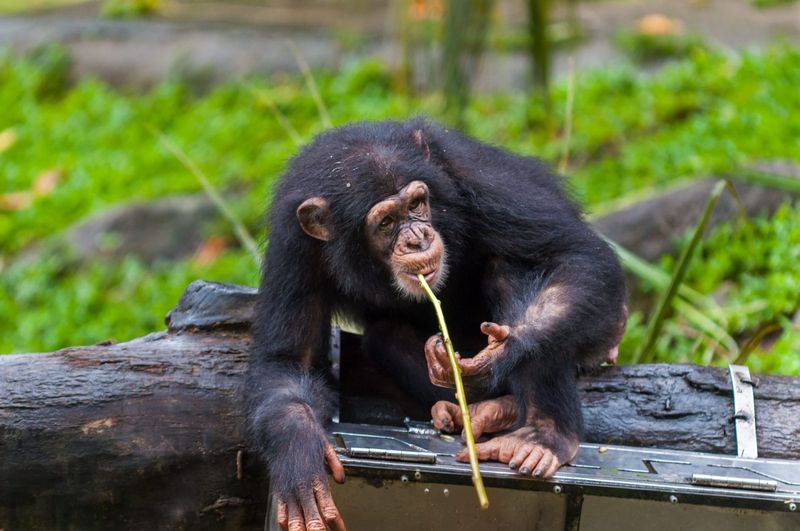
Chimpanzees, our closest living relatives, exhibit extraordinary intelligence through their adept use of tools. This behavior not only showcases their problem-solving abilities but also their understanding of self in relation to their environment. By modifying sticks to extract termites, chimpanzees illustrate foresight and planning.
Such tool use indicates a high level of cognitive function, reflecting on their self-awareness and ability to manipulate surroundings to achieve specific goals.
Dogs and Emotional Intelligence

Dogs, often labeled as man’s best friend, exhibit a profound emotional intelligence that suggests self-awareness. Their ability to respond to human emotions, comforting or sharing in joy, indicates an understanding of themselves in social situations. This empathy is not just reactionary but often proactive.
Dogs can sense emotional changes in humans and adjust their behavior accordingly, showcasing a level of awareness that transcends basic training or instinct.
Orangutans and Future Planning
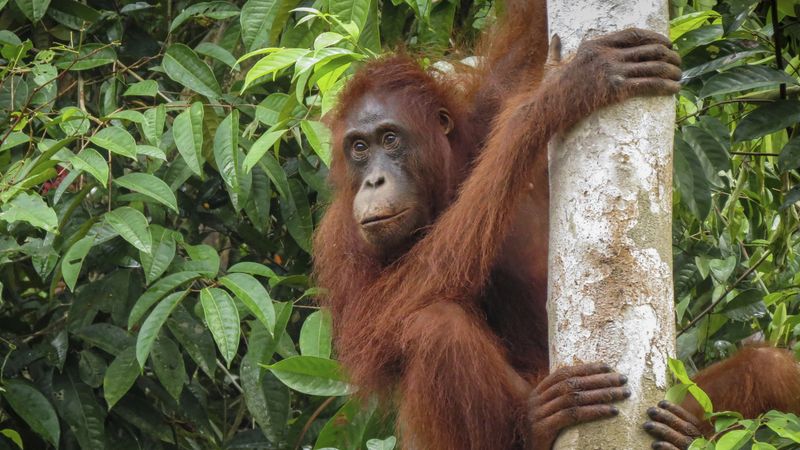
Orangutans are not only skilled tool users but also adept planners. They have been observed selecting and saving tools for future use, an ability requiring foresight and an understanding of self in time. This planning highlights their cognitive sophistication and self-awareness.
By preparing for future tasks, orangutans demonstrate a level of intelligence that is remarkably close to that of humans, challenging our perceptions of animal cognition.
Crows and Problem Solving
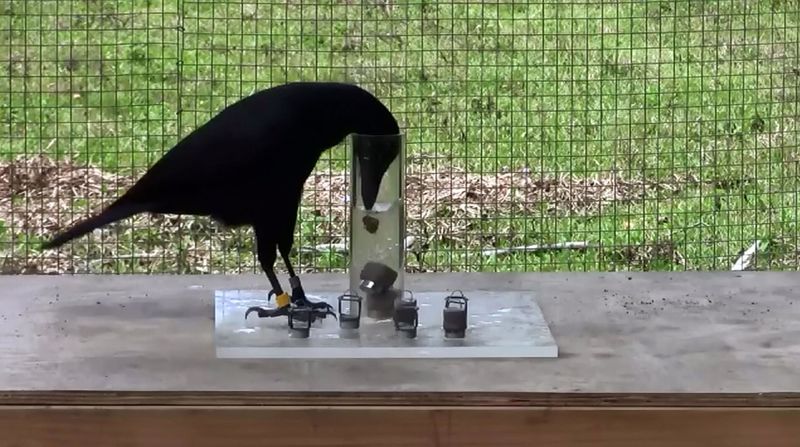
Crows, regarded as one of the smartest avian species, have demonstrated remarkable problem-solving skills. Their ability to bend wires into hooks to retrieve food illustrates their cognitive flexibility and self-awareness. This inventive behavior showcases an understanding of tools and the ability to adapt to new challenges.
The ingenuity of crows not only highlights their intelligence but also their unique perspective on their environment.
Pigs and Emotion Recognition
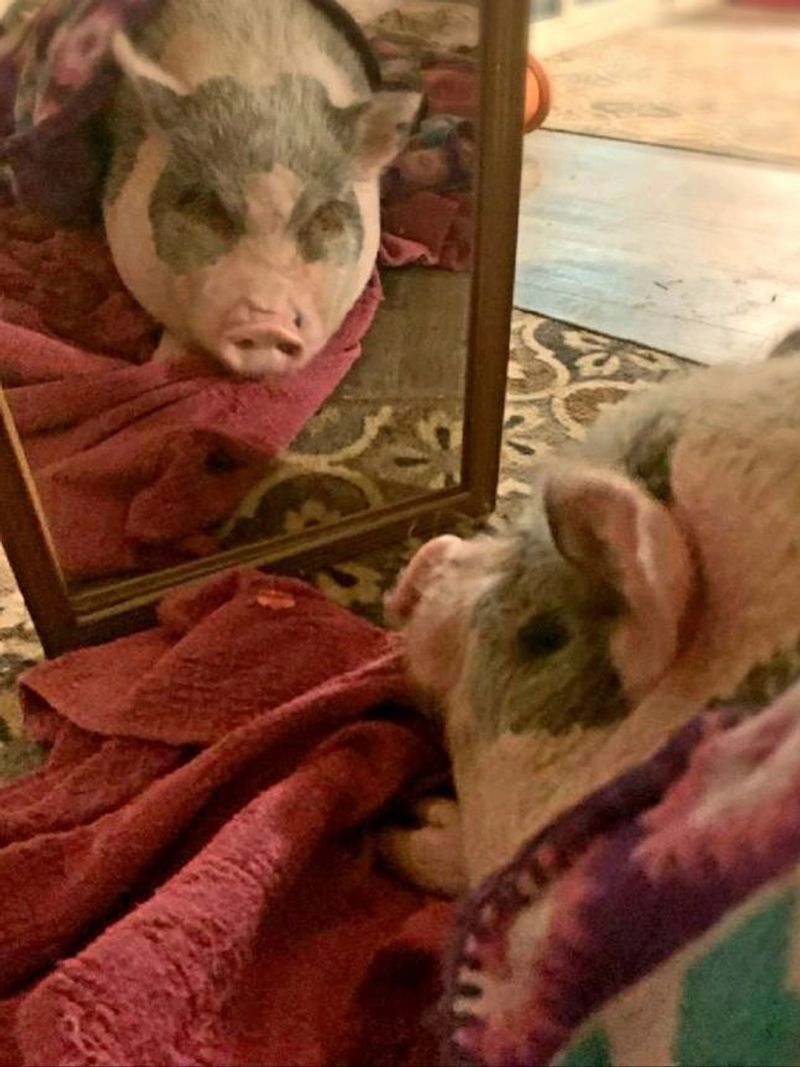
Pigs are highly social and intelligent animals, often displaying behaviors that suggest a level of self-awareness. They can recognize human emotions and respond to them, indicating an understanding of social dynamics and self in relation to others. This capacity for empathy challenges traditional views of pigs as simple creatures.
Their complex social interactions and emotional depth place them among the most intelligent farm animals, often underestimated in their abilities.
Octopuses and Problem Solving
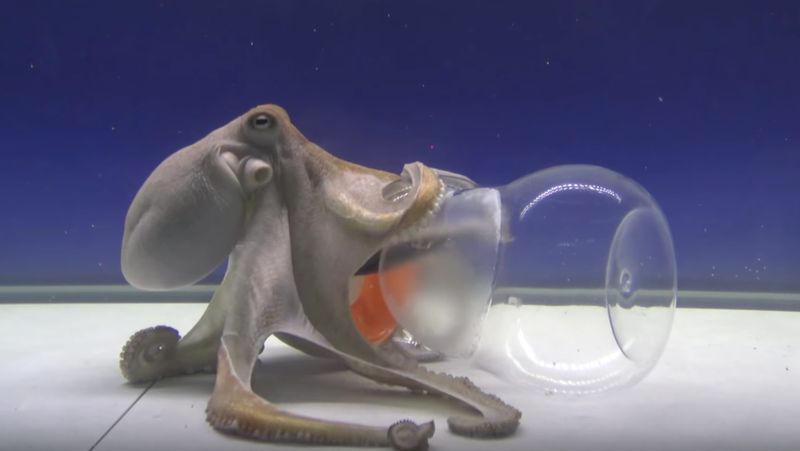
Octopuses are renowned for their problem-solving skills and dexterous abilities. They have been observed opening jars, manipulating objects, and even escaping enclosures, all of which indicate a high level of self-awareness and intelligence. These behaviors suggest an understanding of their capabilities and environment.
Their unique neural structure supports complex behaviors, challenging traditional ideas about invertebrate intelligence.
Parrots and Speech Recognition
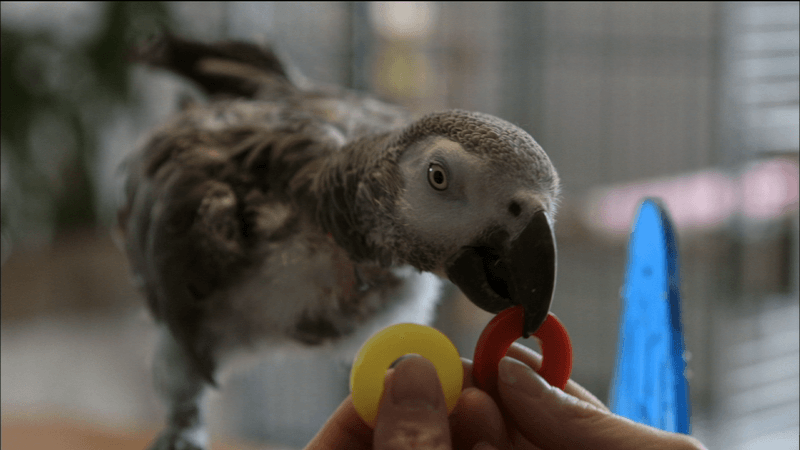
Parrots, with their vibrant plumage and vocal abilities, are capable of mimicking human speech. This ability extends beyond mere imitation; some parrots demonstrate understanding of the words they mimic, suggesting a level of self-awareness and communication skills.
Their vocal intelligence allows them to engage in social interactions that reflect a deep understanding of themselves and their environment, challenging assumptions about avian communication capabilities.
Horses and Social Dynamics
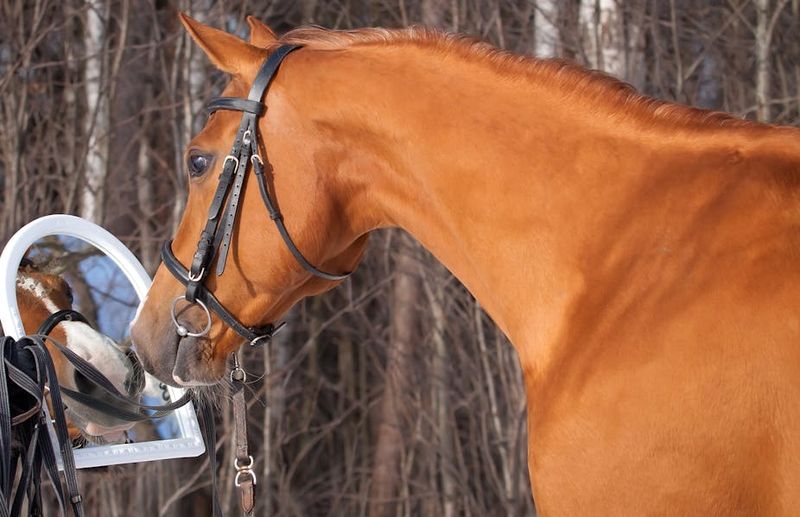
Horses are social animals with complex interactions, often demonstrating a keen awareness of themselves within a group. Some horses have even passed the mirror test, recognizing their reflection as themselves. This ability highlights their cognitive sophistication and social awareness.
Their understanding of social cues and dynamics is a testament to their intelligence and self-awareness, making them more than just riding companions.
Cats and Curiosity
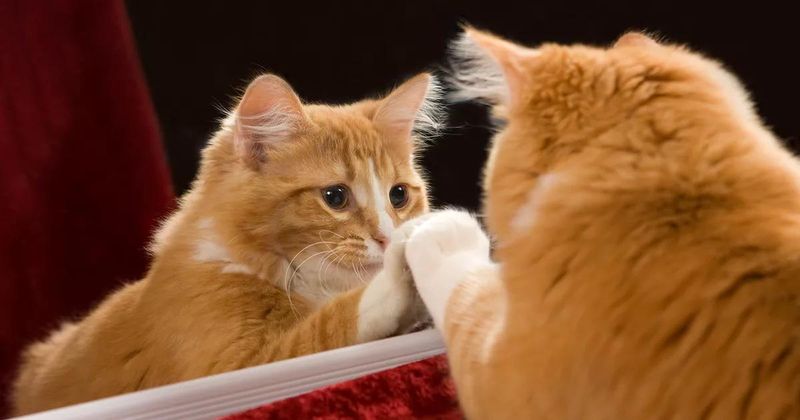
Cats, known for their curious nature, sometimes display behaviors that suggest self-awareness. While they may not consistently pass the mirror test, their reactions to reflections and novel environments indicate a level of self-recognition and curiosity.
These felines exhibit a complex understanding of their surroundings, often surprising their human companions with their intelligence and independent thought processes.
Ravens and Memory
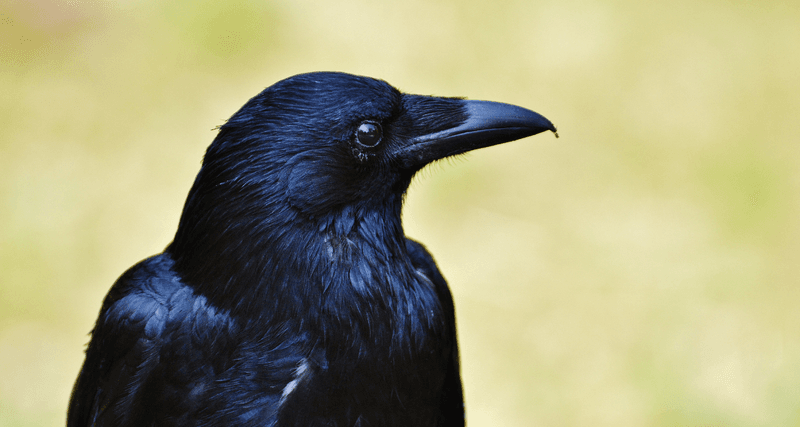
Ravens are not only intelligent but also possess remarkable memory skills. Their ability to remember human faces and specific events suggests a level of self-awareness and cognitive complexity. This capability allows them to navigate social dynamics and adapt to changing environments.
Ravens’ sophisticated memory challenges the notion of bird intelligence, placing them among the most cognitively advanced avian species.
Bees and Collective Intelligence
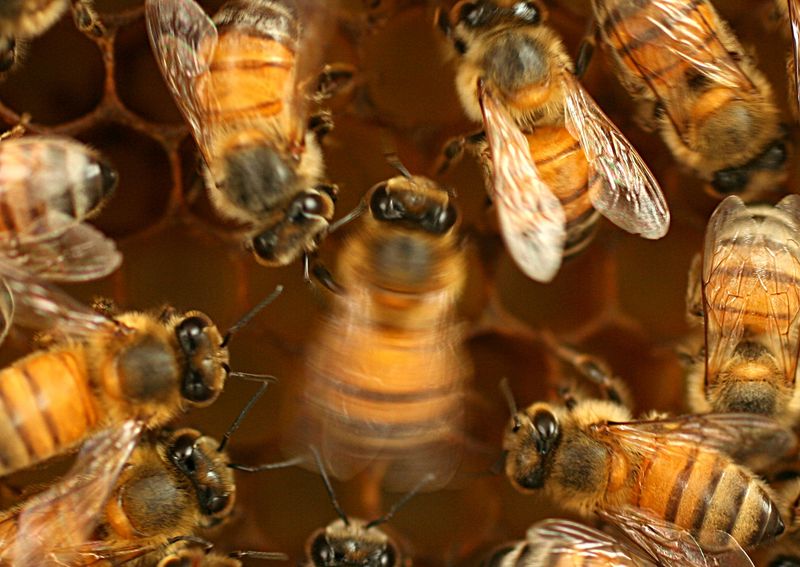
Bees, through their intricate dances, communicate information about food sources, demonstrating a form of collective intelligence. This behavior requires a shared understanding and awareness of their role within the hive, highlighting a unique form of self-awareness.
Their ability to coordinate and share complex information challenges traditional views of insect cognition, showcasing their sophisticated social structures.
Whales and Cultural Behaviors
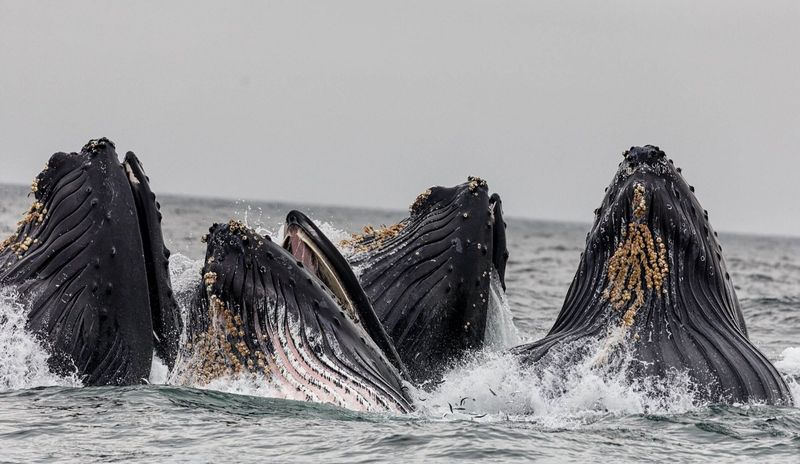
Whales exhibit behaviors that suggest a cultural understanding, such as unique songs or coordinated hunting techniques. These behaviors are passed down through generations, indicating a form of cultural transmission and self-awareness. Whales’ ability to engage in such complex social behaviors highlights their cognitive sophistication.
These gentle giants of the ocean provide a fascinating glimpse into the rich tapestry of marine life intelligence, always captivating researchers with their mystery.

